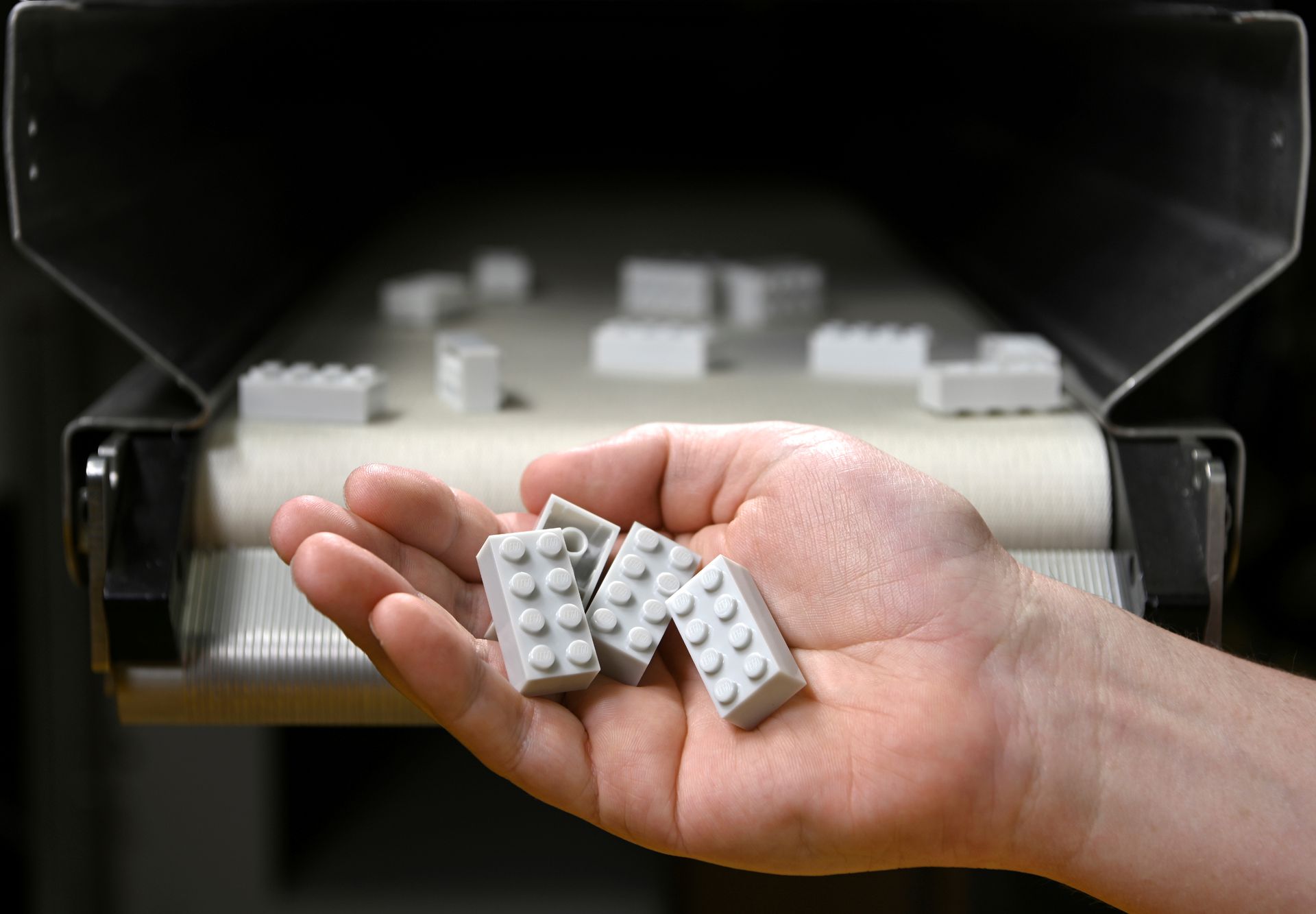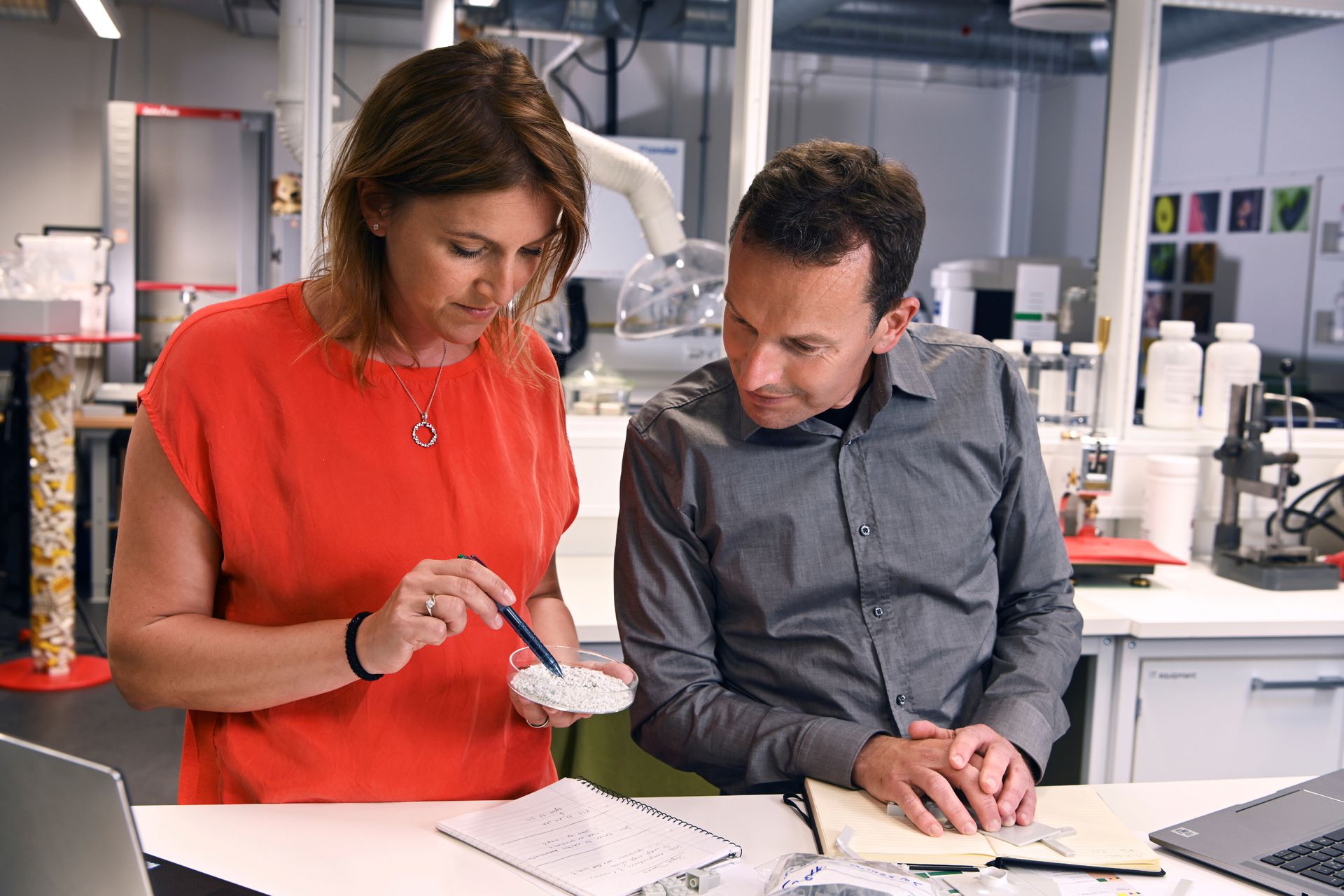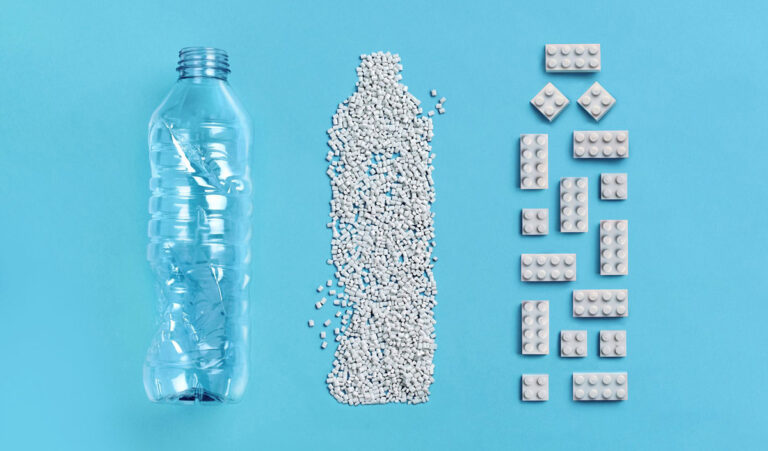Bottles to bricks: LEGO is making greener bricks from recycled plastic
Each year the world produces more than 380 million tons of plastic and Danish toy giant LEGO is responsible for 100,000 metric tons of it. Although LEGO’s contribution to the annual total appears to be a needle in the plastic haystack, it counts—given the fact that 80 per cent of it’s classic toy bricks are being made from acrylonitrile-butadiene-styrene (ABS). Prized for its strength and rigidity, ABS is a petroleum-based thermoplastic that takes years to break down into the Earth.
So if you were expecting LEGO to release an innovative brick that hurts less when you step on it, hold your horses—the company has more pressing matters to address. A recent breakthrough, however, seems to be one of the biggest leaps for the toymaker to ensure sustainable playtimes deep into the future.
The block-buster solution
In 2015, after pumping out 66 years worth of unrecyclable plastic, LEGO announced its plans to set up a Sustainable Materials Centre in Billund, Denmark. Two years later, a team of more than 150 engineers and scientists leveraged sugarcane to create a sustainable polyethylene. “Sugarcane grows at the same rate as we use it, is sourced sustainably using guidance from our partner WWF and doesn’t compromise food security,” LEGO’s website reads.
Although the innovation was hailed as a great success, it could only be used to produce softer and non-load-bearing pieces—like trees and leaves, which only account for 2 per cent of its products—due to its less-than-rigid nature. “Because we want our products to be durable and safe for generations of children, this plant-based plastic is not biodegradable,” LEGO said in 2018.
Fast forwarding to 2021, the toy giant has moved on from bendy bioplastic. It has now unveiled a new prototype block using polyethylene terephthalate (PET)—made from discarded plastic bottles—with a 1-litre container yielding about ten standard LEGO bricks. Expected to hit shelves in 18 to 24 months after further testing, the prototype is the very first brick made from a recycled material to meet most of LEGO’s quality and safety requirements.

One of the biggest challenges in LEGO’s sustainable journey is rethinking and innovating new materials that are as durable, strong and high quality as its existing bricks. “The goal is to find a product good enough that people don’t notice the difference,” said Tim Brooks, LEGO’s vice president of environmental responsibility. In an interview with the BBC, Brooks explained that the next stage would be to add colours and test them with children and adult fans. The company admitted that it will use recycled material from plastic bottles that are certified as ‘safe to handle beverages’ in the US and Europe. However, plastic recovered from the oceans would not be suitable due to its typically degraded state.
“Typically, LEGO is durable enough to last for two to three generations of humans playing with it and that is what the firm is aiming for with its PET blocks,” Brooks said. Amid its sustainability push, LEGO has thereby decided to make its blocks durable rather than biodegradable—banking on customers saving and passing the blocks down generations to come.
The separation anxiety
A major challenge with the blocks, according to Brooks, is getting the ‘clutch’ right. That is, children being able to stick the blocks together and pull them apart with their fingers, regardless of the ambient temperature.
Over the past three years, LEGO has tested more than 250 variations of PET materials. “Some materials they [the scientists] tested couldn’t even be pried apart with pliers,” Brooks said. With its new PET brick, however, LEGO has nearly cracked it. “We need to now work on how to slightly tighten the clutch and how to add colors to the brick,” Brooks. “When we do that, we’ll go through shape by shape and determine how many ABS bricks can be replaced by PET.”

The key here, as WIRED noted, is the popularity of the 2×4 brick out of the 3,500 shapes LEGO produces. If the company replaces this standard block with a recycled version, it will have a significant impact on the environmental goal LEGO has set: to eliminate the use of oil-based plastics by 2030. “We have what we call ‘high runners’,” Brooks added. “For example, we know that most sets will have a 2×4, certainly we know pretty much every set will have a 1×1 dot. That is by far the most common brick that we make.”
LEGO has also applied for a patent on its mix of recycled plastic bottles and a strengthening additive. The toymaker will further continue testing the material on various sizes—until they rebuild the world one brick at a time.LEGO has also applied for a patent on its mix of recycled plastic bottles and a strengthening additive. The toymaker will further continue testing the material on various sizes—until they rebuild the world one brick at a time.





